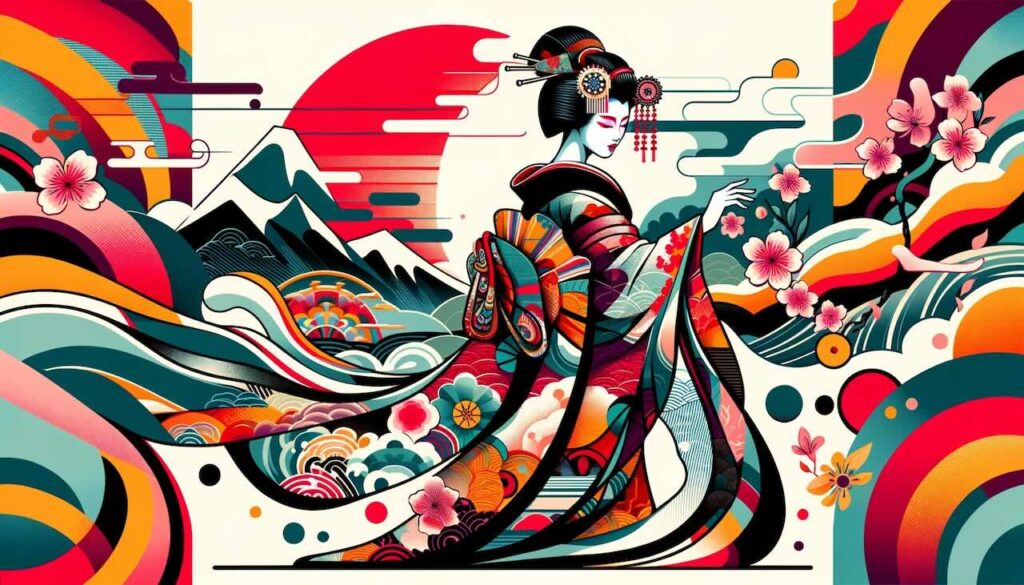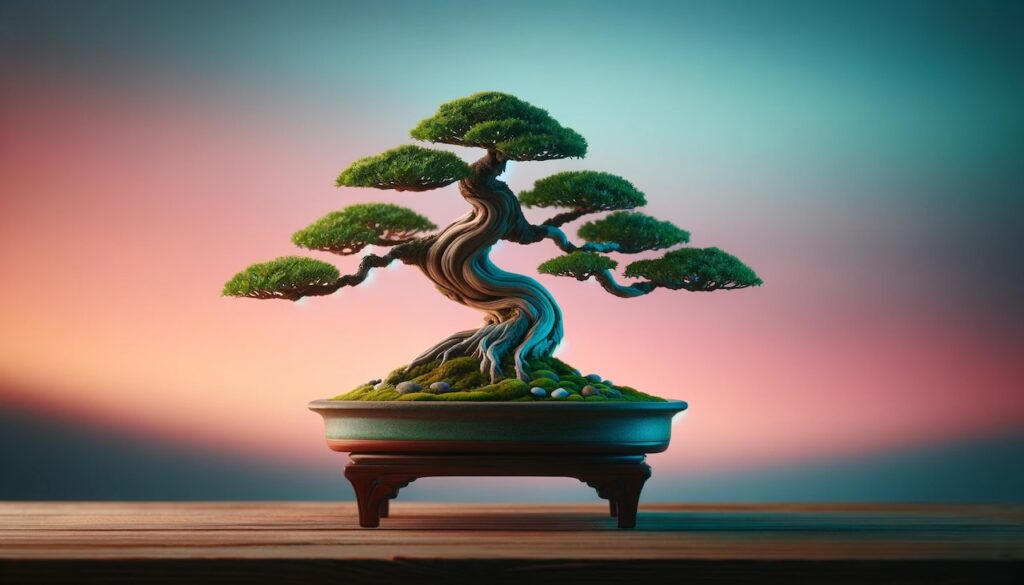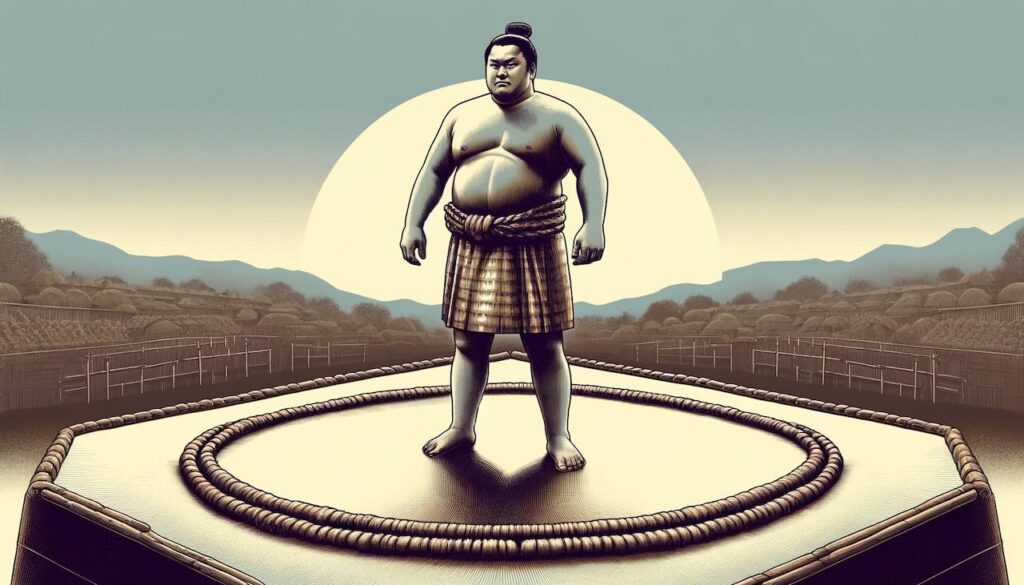Elegant, enigmatic, and often misunderstood, geisha are among the most recognizable figures in Japanese culture. Clad in exquisite kimono and fluent in traditional arts, these women represent the living embodiment of grace, hospitality, and centuries-old aesthetic values. But beyond the surface, the history and evolution of geisha reveal a rich story of resilience, adaptation, and cultural preservation.
Let’s journey through the origins, development, and modern role of geisha in Japan.
The Origins of Geisha
The roots of geisha date back to the early Edo period (1603–1867). In Kyoto, yūjo—female entertainers in teahouses (chaya)—entertained male guests with music, dance, and conversation. Over time, a distinct class of women emerged, specializing purely in artistic performance rather than physical pleasure. These women became known as geisha, meaning “person of the arts.”
Interestingly, the first geisha were men—musicians who performed at banquets. Female geisha gradually took over the role by the mid-18th century, bringing a heightened refinement to the profession.
The Flourishing of Geisha Culture
Geisha culture thrived during the Genroku era (1688–1704) in the Kamigata region (Kyoto and Osaka). These women were not only performers but cultural connoisseurs, versed in classical literature like The Tale of the Heike and The Tales of Ise, and skilled in traditional arts such as:
- Shamisen (three-stringed instrument)
- Nihon-buyo (Japanese dance)
- Waka poetry
- Tea ceremony (sadō)
By the mid-Edo period, geisha culture had expanded to Edo (modern-day Tokyo), particularly in the famed Yoshiwara pleasure district, where high-ranking courtesans (tayū) also demonstrated refined artistic skills. Training houses known as okiya began to emerge in Kyoto’s Gion district and Tokyo’s Yanagibashi, institutionalizing the path of becoming a geisha.
Geisha Through the Meiji Era and Postwar Japan
The Meiji period (1868–1912) ushered in a wave of Western influence that threatened many aspects of traditional Japanese culture. Yet geisha found ways to adapt and endure, balancing modernity with heritage. In Kyoto, young apprentice geisha known as maiko gained popularity for their youthful charm and vibrant kimono.
Following World War II, major societal shifts—including the abolition of state-sanctioned prostitution under Allied Occupation—led to public confusion about the geisha profession. However, geisha were never prostitutes. They reasserted their identity as artists, preserving their role as keepers of traditional performing arts, especially in Kyoto.
Where to Find Geisha Today
While the number of geisha has declined over the decades, they remain an active and respected part of Kyoto’s cultural landscape. The city is home to five renowned hanamachi (geisha districts):
- Gion Kobu
- Gion Higashi
- Pontochō
- Kamishichiken
- Miyagawachō
Roughly 200 geisha are active in these districts today, continuing to perform at ochaya (exclusive teahouses) and cultural events. Kyoto’s 1,200-year history as Japan’s cultural heart has helped sustain the artistry and formality that define geisha life.
Smaller geisha communities also exist in cities like Tokyo (Asakusa, Shinbashi) and Hakodate (Goryōkaku), where they blend local customs with Kyoto’s long-standing traditions.
The Role and Allure of the Geisha
A true geisha is far more than a performer—she is a cultural ambassador. Her artistry spans multiple disciplines:
- Shamisen and traditional music
- Classical dance
- Tea ceremony and flower arrangement
- Poetry and seasonal customs
- Refined conversation and etiquette
Geisha are known for their graceful movements, understated humor, and ability to create a harmonious atmosphere. Their role is to entertain with subtlety, elegance, and charm—not spectacle.
Conclusion: Living Symbols of Japanese Refinement
Geisha stand as living icons of Japanese tradition, resilience, and refinement. From their origins in Kyoto’s teahouses to their modern presence on global stages, geisha have continuously adapted without compromising the essence of their craft.
In a world of rapid change, the geisha’s quiet discipline, timeless beauty, and deep cultural knowledge remain a powerful reminder of Japan’s artistic legacy.


